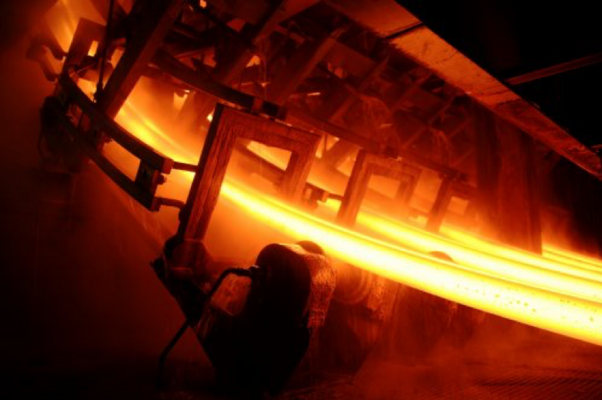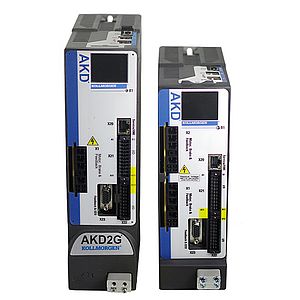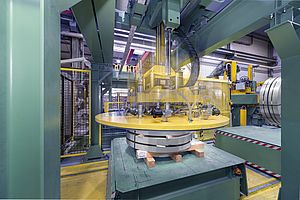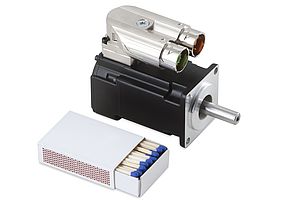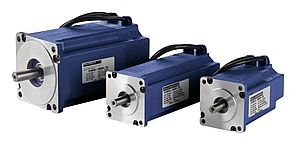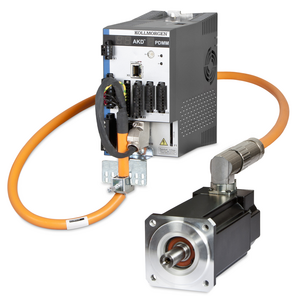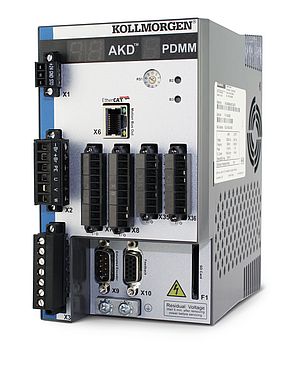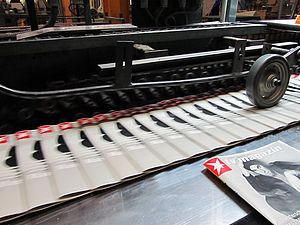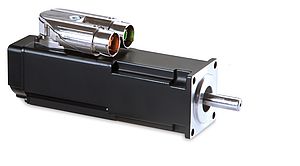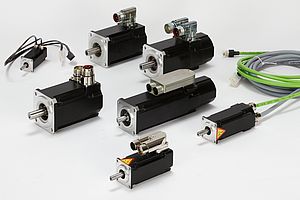The SMS Concast Condrive by Kollmorgen is an electromotive solution with direct drive in an intensive co-engineering process based on winding-optimize KBM motors. The shape is given to the steel by the casting die in continuous casting, it can be compared to a mold made of water-cooled copper in which targeted extraction of heat causing it to form an outer skin. The freshly formed strand shell does not adhere to the copper wall during this process. With an oscillation mechanism the casting die oscillates along the casting plane. Using the sinusoidal oscillation process, the casting die overtakes the steel strand before the forming unit at the lower peak travels back up (known as the ‘negative strip time’) and defines the time in which the casting powder is able to lie on outer wall of the steel being pulled off. The oscillation marks are required. The transfer of mechanical process into the software-based Motion Control opens up possibilities of effectively implementing new movement curves and being able to flexibly and individually adjust the movement to the differing casting conditions.
The amplitude and wave of the oscillation can be changed
There is no requirement of hydraulic infrastructure in the Condrive. The torque has been adjusted to the need of the original application from the KBM kit. In the 118 installation size, the drives deliver torques of 660 Nm and a peak torque of 1000Nm. The drive is in a position to get the oscillation bulk, weighing between 3.5 and 7 tons into oscillation, that is generated by the recurrent reversing motions of the motor. To divert the heat loss, it is equipped with a water cooling system. Furthermore, for the long-term effective lubrication of the gearless direct drives, stators and robots are completely enclosed in an oil bath, protecting it against the encapsulated unit against metal dust. Last, there is an eradication of the drive, with the system being virtually maintenance-free and precision to control oscillation of the casting die. It also combines a design wit online settings and monitoring of the oscillation curves.


